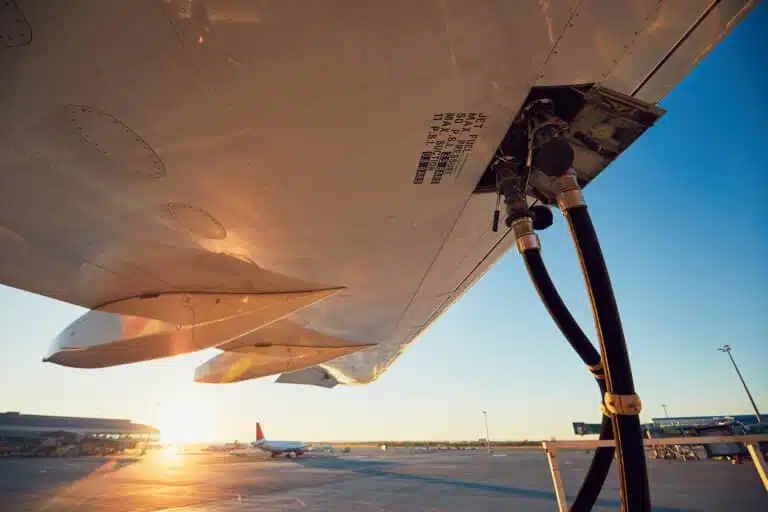How road conditions affect gasoline consumption
The road conditions play a crucial role in the fuel consumption of a vehicle. Factors such as the state of the road, the presence of obstacles, traffic, and the terrain characteristics directly influence fuel efficiency. Understanding how each of these elements impacts fuel expenditure can help drivers make more informed decisions and optimize their routes, which not only contributes to economic savings but also to more sustainable and responsible driving.
Introduction
The fuel consumption in vehicles is a common concern among drivers, especially during long trips. The road conditions significantly influence this consumption, often in ways that are not considered when embarking on a journey. Factors such as the state of the roads, traffic, and the type of terrain have a direct impact on fuel efficiency. Understanding these aspects can help drivers optimize their fuel expenditure and adopt more environmentally friendly habits.
Road Condition
The state of the roads is one of the most determining factors in fuel consumption. Ruts, potholes, and distortions can cause the vehicle to work harder to keep moving, resulting in higher fuel consumption. A well-paved road allows for efficient driving, reducing drag and facilitating better performance.
The Importance of Road Maintenance
When governments and responsible authorities carry out adequate road maintenance, irregularities on the road surfaces are minimized. This not only improves driver safety but also promotes more efficient driving. Investing in road infrastructure is vital for fuel savings and reducing pollutant emissions.
Weather Conditions
The weather conditions also play a vital role in fuel consumption. During rainy or snowy days, vehicle traction is compromised, which can lead to additional fuel expenditure. Moreover, using air conditioning in warm weather can significantly increase consumption. Choosing appropriate times to travel and employing proper driving techniques under different weather conditions can improve vehicle efficiency.
Wind Influences
Wind is another factor that is often underestimated. Driving against strong winds creates additional resistance that increases fuel consumption. In this regard, planning routes and traveling in directions that minimize wind resistance can significantly enhance fuel economy.
Type of Terrain
The type of terrain is also crucial. Driving in mountainous terrain requires more engine power, leading to an increase in fuel consumption. Conversely, on flat roads, the vehicle tends to consume less since the need to accelerate and brake is reduced. Knowing the routes to be taken and the nature of the terrain can help drivers prepare for reasonable fuel expenditure.
Impact of Traffic
Traffic is an aspect that significantly affects fuel consumption. San Francisco, for example, is famous for its traffic jams, which increases idling time and results in a substantial rise in fuel consumption. Implementing technologies that allow drivers to choose alternative or less congested routes can be an effective strategy to reduce fuel expenditure.
Driving Style
Finally, driving style has a direct impact on fuel consumption. Accelerating and braking abruptly is not only dangerous but can also lead to a waste of gasoline of up to 33% on highways. Maintaining a constant speed and using the braking system properly can significantly improve fuel efficiency.
Tips for Efficient Driving
Adopting efficient driving habits, such as anticipating traffic and avoiding unnecessary accelerations, are essential steps to minimize consumption. Additionally, checking tire pressure and keeping the vehicle in optimal service condition can reduce fuel expenditure.
Conclusion
In summary, recognizing how road conditions affect fuel consumption is essential for drivers looking to optimize their expenditure. From the state of the roads to driving style, there are multiple factors that can be adjusted to improve fuel efficiency and contribute to more sustainable mobility.
The road conditions play a fundamental role in the fuel consumption of vehicles. Factors such as the state of the roads, traffic, and the topography combine to influence the amount of fuel used on each trip. When the roads are in poor condition, with potholes and uneven surfaces, fuel expenditure increases significantly. This is because the vehicle has to exert more effort to maintain speed, resulting in greater fuel usage.
Moreover, the weather conditions also impact fuel performance. For example, during rainy or snowy conditions, vehicles tend to consume more gasoline as they must deal with water resistance and sliding. In these situations, it is crucial to adapt to the circumstances by reducing speed and increasing braking distance, which can also contribute to fuel savings.
On the other hand, traffic is another determining element. Congestions generate constant stops and starts, leading to increased fuel consumption. To minimize this effect, it is advisable to plan routes avoiding peak hours and using navigation tools that indicate real-time traffic conditions. Similarly, routes that include significant inclines, both uphill and downhill, can affect consumption, as climbing consumes more fuel and descending may require intelligent brake use to avoid excessive consumption.
Understanding how each of these variables influences fuel consumption is crucial for drivers seeking to optimize their expenditure. Implementing simple changes in trip planning and driving can lead to significant savings in fuel and, therefore, in overall operating costs.





